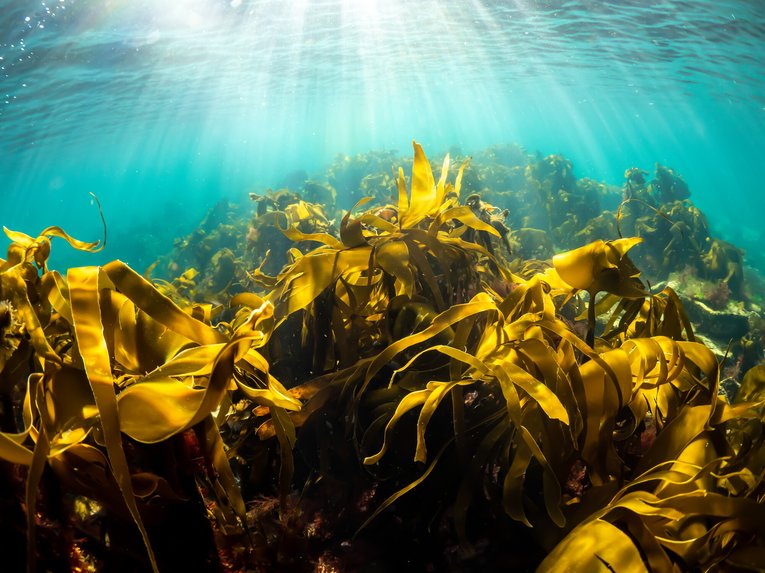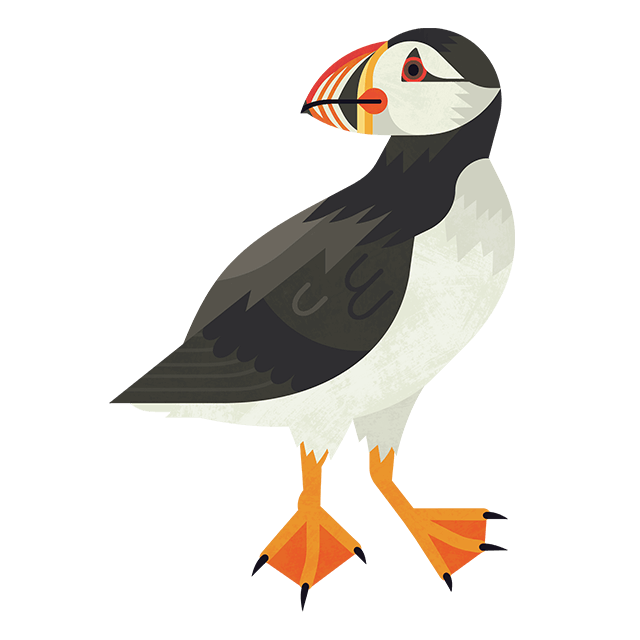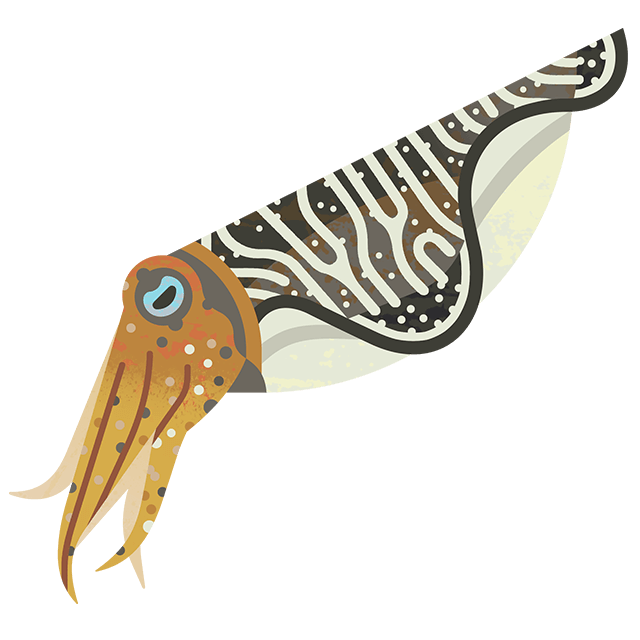
The power and potential of seaweed
Seaweed is something we’re all familiar with from trips to the beach, but its potential as a business opportunity for the aquaculture industry is now emerging.
Aquaculture is simply farming underwater – whether that’s salmon or seabass, or more increasingly, seaweed. We’re following the development of seaweed aquaculture and exploring some exciting opportunities for this versatile product.
What can seaweed be used for?
Cosmetics
You could be using seaweed every day as part of your skincare or dental routine without even realising! Seaweed is a popular ingredient in cosmetics such as creams, soaps, shampoos, and toothpaste, thanks to its various nutrients and properties that can benefit the skin.
Seaweed extracts can help regulate oil production, moisturize the skin, and have anti-inflammatory properties that can help reduce acne and promote collagen production. So, the next time you're shopping for skincare products, don't forget to check out those that contain seaweed extracts.
Medicine
Seaweed has also been used for medicinal purposes for centuries. Its rich nutrient content makes it a versatile treatment for respiratory ailments, arthritis, colds, and influenza.
Seaweed baths are also used to relieve muscle and joint pain, eczema, and reduce swelling.
In addition, seaweed-derived carrageenan and algins are used in pharmaceutical products as binders, stabilizers, and emulsifiers, and polysaccharides from seaweed are used for wound dressings.

Kelp in Orkney, Scotland
Credit: Alison Moore
Biofuel
Seaweed is a promising source of biofuel. It's well-suited to anaerobic digestion, a process used to make biogas, and fermentation, which makes ethanol. Seaweed biofuel is a renewable energy source that doesn't contribute additional emissions to the environment, as the carbon it releases is already drawn from the atmosphere.
Edible water capsules
Seaweed can also be used to create eco-friendly packaging alternatives. Notpla, a sustainable packaging company, has developed edible water capsules called 'Ooho,' made from seaweed.
Ooho is an edible, biodegradable, and tasteless membrane that can be used to store water and other liquids in small capsules or bubbles. These capsules are ideal for single-use servings at events and festivals, where they could replace the millions of plastic bottles used each year.

Credit: Ben Wicks
Burger boxes and sauce sachets
Takeaway food containers, burger boxes, sauce sachets and oil pipettes are some more of the packaging alternatives to plastic.
Seaweed grows quickly – with some growing up to 60cm per day, it doesn’t compete with food crops and doesn’t require fresh water or fertiliser, making it a great renewable resource.
Packaging made from seaweed can be composted at home and breaks down in 4-6 weeks, compared to the hundreds of years it can take plastic to. Some of the packaging is also edible, further reducing waste.
Food
Seaweed has long been used as a nutritious food source and is becoming increasingly popular in Western cuisine. It's low in calories and high in vitamins, minerals, and antioxidants, making it a healthy addition to any diet. It can be used in salads, soups, and sushi, and is a popular snack in many cultures.
Where could it be farmed?
Co-locating seaweed farms with offshore wind
As the UK strives to achieve its net zero emissions target by 2050, seaweed aquaculture could be a solution to easing the competition for space experienced in coastal waters.
Seaweed is just one species that could be grown in conjunction with offshore wind farms, providing a unique opportunity for co-location with existing structures like offshore wind turbines.
Multi-species aquaculture
In some aquaculture systems such as net pens in seawater, it is possible to grow different species, such as fish, shellfish and seaweed, next to each other.
The combination of fish, shellfish, and seaweed are complementary, meaning the waste generated by the finfish can be used as a food source for the shellfish and seaweed species. This results in cleaner surrounding water and three commercial species being produced rather than one.
Rewilding
Rewilding or restorative aquaculture refers to the practice of farming species to help recover biodiversity, rather than farming for profit.
A good example of this in the UK is the Sussex Kelp Restoration Project which aims to restore 200 km2 of the once-abundant kelp forest along the Sussex coastline using kelp farming techniques.
If successful, the project could increase seabed diversity, create new habitat and nursery grounds particularly of bass, black seabream, and cuttlefish. It could help with the regeneration of natural oyster beds, create a better food web structure, offer increased coastal protection, and lock in carbon.

Fucoid seaweed
Credit: Georgie Bull
What else can seaweed do to help us?
Producing oxygen and absorbing carbon
Seaweed plays a vital role in producing oxygen and absorbing carbon, making it a valuable resource in our changing climate. It produces 70% more oxygen than land plants and absorbs carbon more effectively than trees, storing an estimated 175 million tonnes of carbon each year.
Seaweed can also remove nutrients from water, making it an environmentally friendly tool to improve water quality, and helps prevent coastal erosion by buffering strong waves and currents. Kelp forests are particularly effective in lessening the impact of waves and protecting coastlines.
Cleaning up water and absorbing nutrients
Seaweeds can play an important role in removing nutrients from the surrounding water. Nutrients such as ammonia, nitrate, phosphorus and nitrogen, which are found in agricultural run-off, industrial and sewage water discharge, can all be absorbed by seaweed.
Farming seaweed in areas where these discharges occur, could be used as an environmentally friendly tool to assist with improving water quality.
Wave breaking and coastal protection
Seaweeds, particularly kelp, can help prevent coastal erosion by lessening the impact of waves. Because of their large size and dense structure, kelp forests can tolerate strong waves and currents, and buffer them. This helps protect the coast from erosion, which is primarily caused by strong waves.
Seaweeds which end up on beaches also release nutrients into dune habitats, which helps stabilise and protect sediments.
We are extremely grateful for funding from the Levine Family Foundation, which has enabled us to kickstart a seaweed aquaculture programme of work for the UK and increase our understanding of how to guide the industry to develop in a sustainable and environmentally friendly way.



